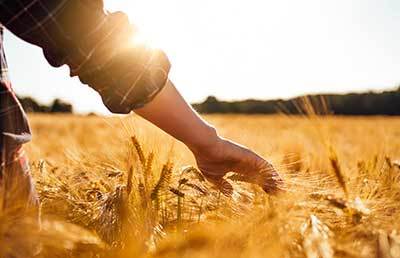Will NIIT Kick in at Lower AGI?

We may get more clarity on new tax proposals this week. However, we know that this is in a great deal of flux and any assumptions right now are likely to change.
One item that seems to be getting more play is due to Senator Sinema’s refusal to allow an increase in the top corporate tax rate and individual tax rates is applying the net investment income tax (NIIT) to lower amounts of earned income.
We know that the house proposed applying the 3.8% NIIT to earned income (including self-rental and gains on selling farm assets) at about $400,000 and above. It now appears that this will start at $200,000 or the amount where the current NIIT starts on all investment income.
This extra tax can kick in much quicker than increasing the top individual rate to 39.6% or the capital gains tax to 25% since it is based on adjusted gross income (AGI) which is before itemized deductions and QBI. Here is an example:
Assume a single dairy farmer has AGI of $650,000 which is all from selling raised breeding stock which qualifies for capital gains tax rates. He has itemized deductions of $110,000 and has QBI including a DPAD from his cooperative of $500,000. Under current rules, he owes no NIIT and actually owes no federal income tax since his taxable income is from long-term capital gains. If NIIT now applies on his earned income, the tax will be 3.8% of $450,000 or $17,100.
As you can see the NIIT can add up fairly fast even though there may be little or no federal income tax owed.
As we indicated at the beginning of the post this is in a great deal of churn and by the end of the week this tax proposal may disappear. But I would not count on it.
Paul Neiffer is a certified public accountant and business advisor specializing in income taxation, accounting services, and succession planning for farmers and agribusiness processors. Paul is a principal with CliftonLarsonAllen in Walla Walla, Washington, as well as a regular speaker at national conferences and contributor at agweb.com. Raised on a farm in central Washington, he has been immersed in the ag industry his entire life, including the last 30 years professionally. Paul and his wife purchase an 180 acre ranch in 2016 and enjoy keeping it full of animals.

Comments are closed.